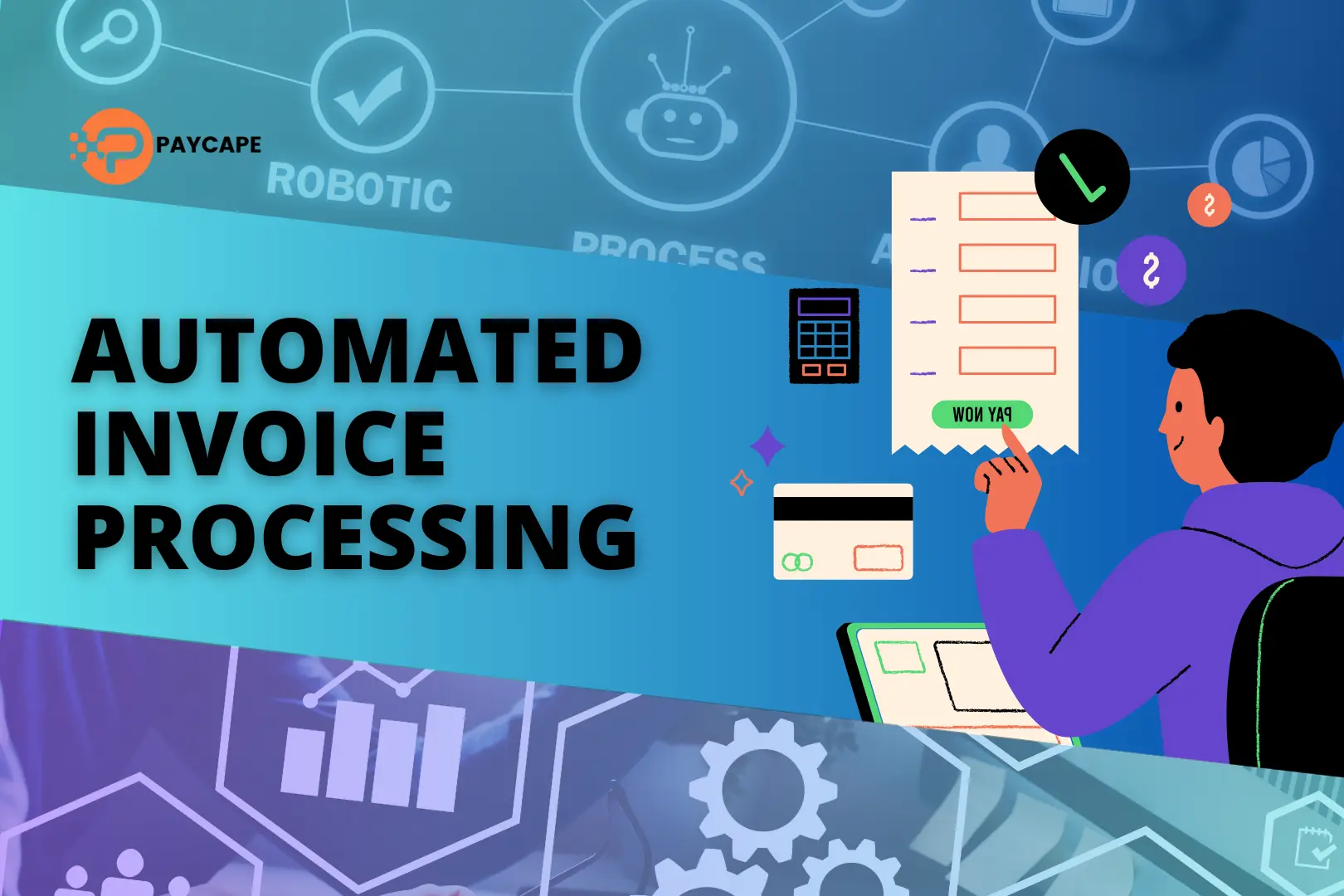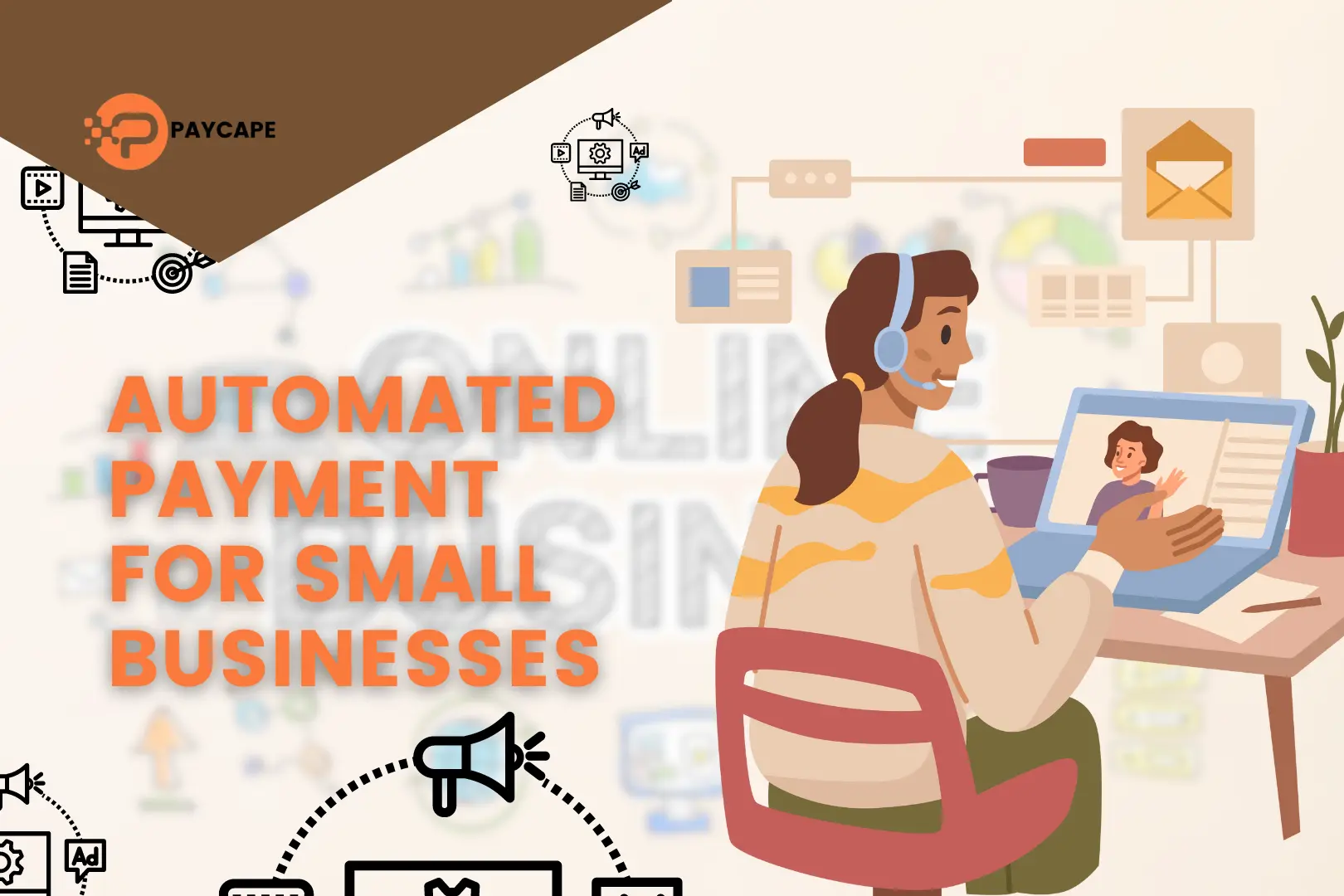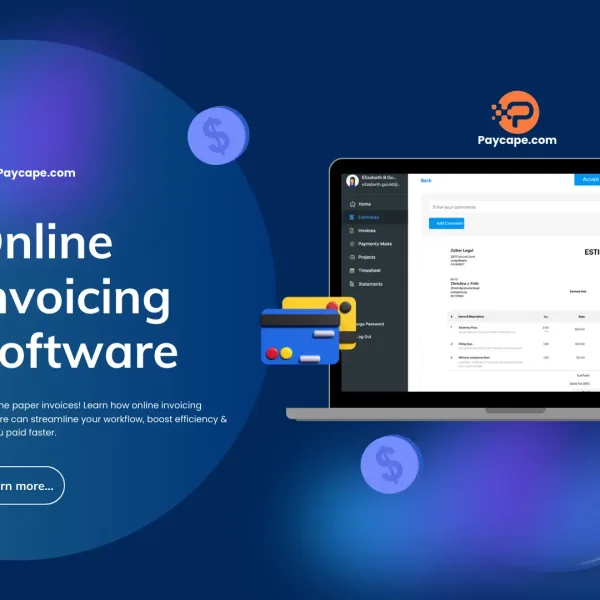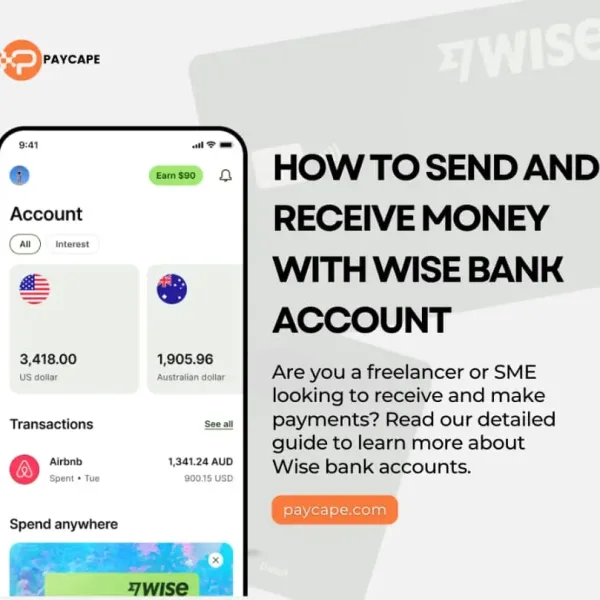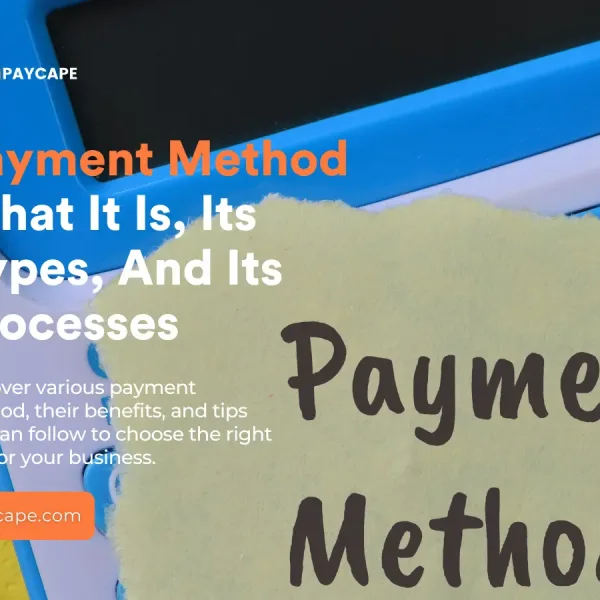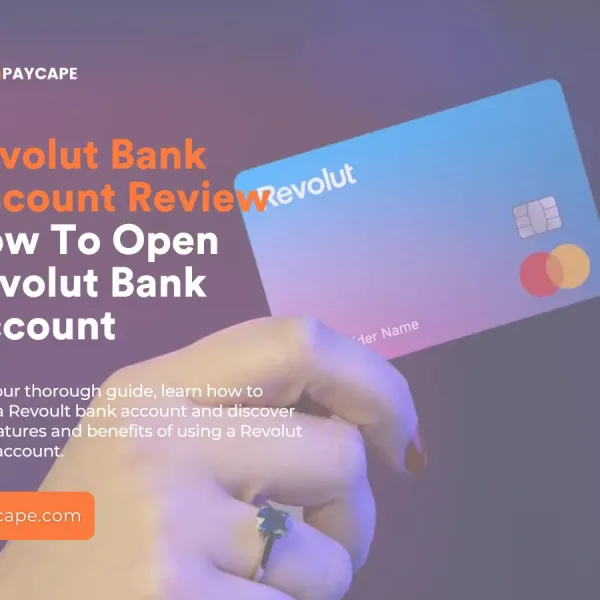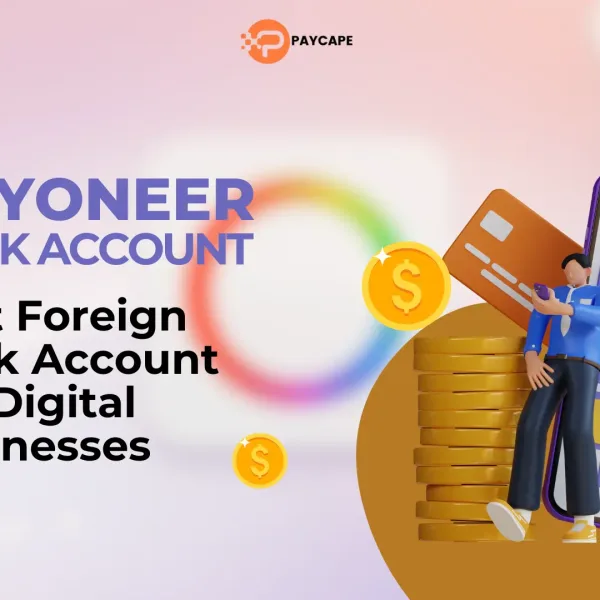
Have you ever opted for a service or product for which you are billed automatically at regular intervals? That’s subscription billing!
Subscription billing is an attempt to progressively move from one-time payments to an ongoing relationship with customers, gaining customer loyalty while making more profit!
In this article, we will explore what subscription billing is, its examples, types, and how it works. We will also discuss the perks, flipsides, emerging trends, and forecasted trends of subscription billing! Let’s learn!
What is Subscription Billing?
Subscription billing is the automated process of billing subscribers at regular intervals, usually monthly, quarterly, or annually, for a continual supply of their preferred goods or services for a period.
In other words, subscription billing involves setting up a seamless billing system where your customers are automatically debited at regular intervals for continual access to their favorite goods or services.
It’s like having a reliable subscription manager that ensures you never run out of your favorite items or miss out on essential services, all while providing the convenience of hassle-free payments.
How Subscription Billing Works
Here is a breakdown of how subscription billing works:
Firstly, customers embark on their subscription journey by signing up for a subscription plan offered by a business. This can be done through various channels, such as a website, mobile app, or in-person interaction.
Next, customers provide their payment details, typically credit card information, and consent to recurring payments at regular intervals. This step sets the stage for seamless transactions in the future.
Once payment is confirmed, customers are granted access to the product, service, or content included in their chosen subscription plan. This marks the beginning of their subscription experience, where they can start enjoying the benefits provided.
Using subscription billing software, subscriptions are typically set to auto-renew. This means that payments are automatically deducted from the customer’s account at the end of each billing cycle, ensuring continuous access to the subscription product, service, or content.
One of the key features of subscription billing is flexibility. Depending on the subscription payment model, customers have the freedom to upgrade, downgrade, or cancel their subscription at any time through their account settings or customer support.
Throughout the subscription period, businesses strive to provide continuous value to their subscribers. This involves offering new features, updates, or exclusive content to keep customers engaged and satisfied, ultimately aiming to retain them as long-term customers.
Lastly, businesses provide customer support to address any issues or concerns that may arise during the subscription journey. This includes resolving billing inquiries, troubleshooting technical issues, and gathering feedback to improve the overall customer experience.
Examples of Subscription Billing
Let us explore 5 common examples of subscription billing:
- Software Subscriptions: Software-as-a-service (SaaS) companies like Adobe charge customers a recurring monthly or annual fee to access their software tools for video editing, graphic design, and more.
- Streaming Services: Streaming platforms like Disney+ and Netflix charge customers a monthly subscription fee to access their movies and TV shows.
- Utility Bills: Utility companies, such as electricity, water, and internet service providers, bill their customers according to monthly usage, ensuring a seamless payment process for essential services.
- Subscription Boxes: Subscription box services like Birchbox and HelloFresh deliver curated products, such as beauty samples or meal kits, to their customers every month or quarter for a recurring fee.
- Gym Memberships: Gyms usually offer subscription plans for their customers to access gym facilities and classes. In turn, their customers consistently pursue their fitness goals on a regular basis.
Types of Subscription Payment Models
Various subscription payment models are adopted by businesses to both entice and retain customers while ensuring a steady stream of revenue. Here are some common subscription payment models:
- Fixed Recurring Payments: Here, customers pay a predetermined amount at regular intervals, such as monthly or annually, for access to a product or service. This model, commonly seen in gym memberships or software subscriptions, maintains a consistent fee regardless of usage.
- Usage-Based Pricing: Unlike fixed recurring payments, usage-based pricing charges customers based on their actual usage of the service or product. For instance, Sumo Logic bills customers based on the volume of data stored or data points processed per minute. This model offers flexibility and cost-effectiveness for clients with varying usage patterns.
- Tiered Pricing: Customers are offered different subscription tiers with varying features at different price points. This allows customers to select the tier that aligns best with their needs and budget. For example, Zoho Subscriptions offers standard, professional, premium, and elite tiers with increasing levels of functionality and support.
- Freemium Model: This model provides a free basic version of a service or product, with the option to upgrade to a premium paid version for more features or functionality. It attracts a wide range of users with the free offering while monetizing a subset of users who desire advanced features.
- Bundle Pricing: Businesses package multiple products or services together at a discounted rate. For instance, Zoho Corporation might offer a subscription bundle including invoicing, expense tracking, project management, and subscription management software. This allows customers to access all tools at a reduced rate compared to purchasing each separately. Bundle pricing benefits customers by providing discounts on preferred offerings, while businesses enjoy increased customer satisfaction and loyalty. It’s a win-win situation for both parties!
Advantages of Subscription Billing
Subscription billing offers a plethora of advantages for both businesses and customers alike. Let’s dive into some of these benefits:
- Predictable Revenue: Subscription billing provides businesses with a steady and predictable stream of revenue. Unlike one-time purchases, which can fluctuate, subscription payments occur regularly, allowing businesses to forecast income and plan accordingly.
- Customer Retention: By offering subscription services, businesses can foster long-term relationships with customers. Once leads become subscribers, they are more likely to continue using the service, leading to higher retention rates and increased customer lifetime value.
- Convenience and Flexibility: For customers, subscription billing offers convenience and flexibility. They can access products or services on a recurring basis without the hassle of manually renewing their subscription each time. Additionally, many subscription models allow customers to upgrade, downgrade, or cancel their subscription at any time, providing them with greater control over their spending.
- Cost Savings: Subscription billing often results in cost savings for customers. Instead of making large upfront payments for products or services, customers can spread out the cost over time with manageable monthly payments. Additionally, subscription models may offer discounts or incentives for long-term commitments, further increasing cost savings.
- Continuous Value: Subscribers often receive ongoing value from their subscription. Businesses frequently update and improve their products or services, ensuring that their subscribers always have access to the latest features and offerings. This continuous value keeps customers engaged and satisfied, increasing their likelihood of remaining subscribers.
Challenges of Subscription Billing
Navigating the world of subscription billing comes with its fair share of hurdles for businesses. Here are some challenges to expect and avoid:
- Churn and Cancellations: One of the significant challenges associated with subscription billing is the risk of churn, where customers opt to cancel their ongoing subscription services. This can disrupt revenue streams and place businesses in a precarious position.
- Payment Failures: Another prevalent issue revolves around payment failures, which occur when customers’ payment methods are declined due to factors such as expired cards, insufficient funds, or network glitches. These instances result in delays in revenue collection and often necessitate follow-up actions to resolve them.
- Regulatory Compliance: Establishing subscription billing systems necessitates compliance with a myriad of legislation and regulatory standards, including GDPR and PCI DSS. Failure to adhere to these regulations can result in financial penalties, legal consequences, and damage to the reputation of businesses involved.
- Customer Complaints: Certain customers may feel ensnared in subscription billing agreements or encounter obstacles when attempting to cancel their subscriptions. Consequently, this may lead to negative feedback and tarnish the reputation of businesses involved. In today’s digital landscape, where negative feedback can swiftly destroy a business’s reputation, such cases must be handled swiftly and professionally.
- Inflexibility: Subscription billing models may lack the necessary flexibility to accommodate customers who seek greater control over their payment options or subscription terms. This inflexibility can breed discontent and prompt customers to explore alternative solutions.
While it is commonplace to expect these challenges, each of them can be preferably avoided or tackled swiftly and effectively when they arise. Hence, businesses must harness their customer feedback and track billing metrics to correctly assess and improve their performance over time.
Emerging Trends in Subscription Billing
An emerging trend in subscription billing is subscription bundling, where companies bundle various services or products into one subscription package. This approach provides added value for customers while increasing revenue potential for businesses.
Moreover, subscription billing is evolving to be more personalized than ever. Businesses utilize data analytics and machine learning to customize subscription plans, catering to the unique preferences and needs of individual customers with flexible pricing structures.
In addition, subscription-based businesses are expanding their offerings to include value-added services alongside their core products. This might encompass exclusive content, VIP support, or members-only discounts to enrich the overall customer experience.
Furthermore, the integration of subscription billing with Internet of Things (IoT) devices and smart technology is anticipated to open up new subscription-based opportunities in areas like connected homes, healthcare, and transportation.
Predictions for the Future of Subscription-Based Businesses
The future of subscription billing is promising, as businesses are primed to capitalize on emerging trends and technologies in subscription billing to drive long-term growth and success.
Also, the shift towards subscription-based revenue streams is likely to drive mergers and acquisitions as companies seek to diversify their subscription offerings and reach a wider customer base.
Importantly, as modern consumers increasingly prioritize their convenience and flexibility, subscription models are poised to expand into new markets and product categories.
Frequently Asked Questions About Subscription Billing
What is the difference between subscription billing and recurring billing?
Subscription billing is commonly used by companies that provide ongoing services, such as streaming platforms or software subscriptions. These businesses offer a range of pricing plans and service levels to meet diverse customer preferences. Conversely, recurring billing is a payment model that any business requiring consistent payments can adopt. It typically involves predetermined payment amounts at regular intervals, which tends to be less flexible compared to the customizable options available in subscription billing.
What are the types of subscriptions?
The common types of subscriptions are:
- Fixed Recurring Subscriptions: Here, customers pay a consistent amount regularly for continuous access to a service, like gym memberships or software subscriptions.
- Usage-Based Subscriptions: Here, charges are based on the actual use of a service, offering flexibility for customers with variable consumption, such as data storage or processing services.
- Tiered Pricing Subscriptions: This type of subscription offers various subscription levels with different features and prices, allowing customers to select an option that suits their needs and budget, like Zoho’s subscription plans.
- Freemium: This model provides a basic service for free with the option to pay for premium features, attracting a wide user base and monetizing through those who upgrade.
- Bundle Pricing: This model combines multiple services into one package at a discounted rate, like Zoho’s bundled business software offerings.
What is the difference between billing and payments?
Billing refers to the process of generating an invoice or request for payment, while payments refer to the actual transaction or money transfer from the customer to the business. In other words, billing is the request for payment, and payments are the fulfillment of that request.

